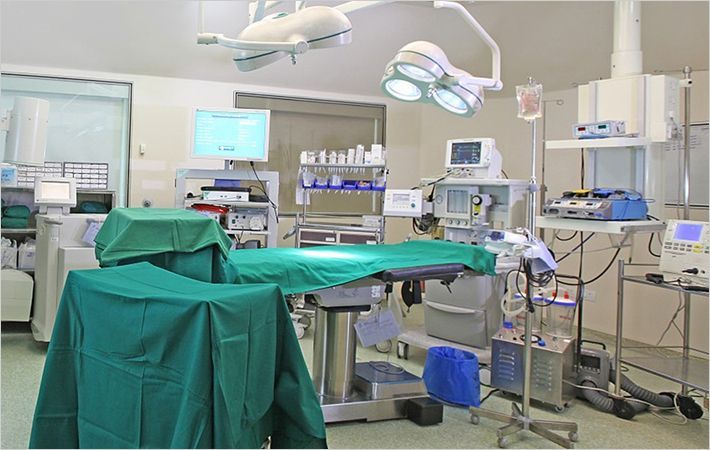New data quantifying the specific effects of various characteristics of “antimicrobial fabrics” were presented at ID Week. The data was presented in the wake of numerous recent studies that identified healthcare textiles such as uniforms, lab coats, and scrub suits, as sources of infectious pathogens.
“Antimicrobial fabrics” have been marketed to address these problems. The new research suggests that a textile-based antimicrobial alone may not be enough. It appears that a fluid repellent action can further enhance the action of a textile based antimicrobial. In fact, without a hydrophobic repellency, organic material from blood, secretions and bodily fluids may interfere with the antimicrobial agent embedded in the textile.New data quantifying the specific effects of various characteristics of “antimicrobial fabrics” were presented at ID Week. The data was presented in the wake of numerous recent studies that #
A team at MedStar Health Research Institute studied the relative contributions of the antimicrobial agent and the hydrophobic barrier in the reduction of Methicillin-resistant staphylococcus aureus (MRSA) on various fabrics. Swatches of untreated Control Fabric, Antimicrobial Alone, Hydrophobic Barrier Alone and VTT003 fabric (Vestex, Orlando, FL) were inoculated with MRSA using three different exposure simulations: direct contact, splatter and aerosol.
VTT003 consistently reduced MRSA levels to near 0 % Control in both Splatter and Contact Challenges.
Matthew J. Hardwick, PhD, Director, Laboratory of Clinical Investigations at MedStar Health Research Institute led the team and concludes, “These data show that both the antimicrobial and hydrophobic barrier chemistries used to make VTT003 individually contribute to reduction of MRSA burden on treated textiles. Interestingly, when used together (VTT003) these chemistries can have a synergistic effect on MRSA reduction.”
In a recent controlled, randomized clinical study, Bearman reported a statically significant 4–7 mean log CFU reduction in MRSA burden associated with VTT003 scrub suits compared to untreated control scrub suits in an ICU patient care environment (Bearman et al, ICHE 2012). The significant difference was observed both before and after the work shift.
“Reduced bioburden at the beginning of the shift means less bioburden going into patient rooms. Reduced bioburden at the end of the shift means less contamination going home to the worker's family,” said Ben Favret, president and CEO of Vestagen, maker of Vestex Active Barrier Protective Uniforms. “The presented and published research on Vestex performance clearly documents its effectiveness. We believe Vestex powered uniforms will be the new standard for all healthcare-related personnel.”
IDWeek is the new joint meeting of the Infectious Diseases Society of America (IDSA), the Society for Healthcare Epidemiology of America (SHEA), the HIV Medicine Association (HIVMA), and the Pediatric Infectious Diseases Society (PIDS). ID Week features the latest science and bench-to-bedside approaches in prevention, diagnosis, treatment and epidemiology of infectious diseases across the lifespan.
Vestex

